Growing Health Awareness in Photochromic Lens Market
In recent years, there has been a notable increase in health awareness among consumers, particularly regarding eye protection. The Photochromic Lens Market benefits from this trend as more individuals seek solutions that offer protection against harmful UV rays and blue light. Research indicates that prolonged exposure to these elements can lead to various eye conditions, prompting consumers to invest in protective eyewear. As a result, the demand for photochromic lenses, which provide adaptive protection, is on the rise. This heightened awareness is expected to contribute to a significant portion of the market growth, with estimates suggesting that health-conscious consumers could account for over 30% of the total market share by 2026.
Increased Online Retailing in Photochromic Lens Market
The rise of e-commerce has significantly impacted the Photochromic Lens Market, as more consumers turn to online platforms for their eyewear needs. The convenience of online shopping, coupled with the ability to compare prices and styles, has led to a shift in purchasing behavior. Retailers are increasingly investing in online marketing strategies and virtual try-on technologies to enhance the consumer experience. This trend is likely to drive market growth, as online sales of photochromic lenses are projected to increase by 20% annually. Additionally, the expansion of online retailing allows for greater accessibility to a wider audience, further propelling the market forward.
Technological Advancements in Photochromic Lens Market
The Photochromic Lens Market is experiencing a surge in technological advancements that enhance the performance and functionality of lenses. Innovations in materials, such as the development of new photochromic dyes, have led to lenses that react more quickly to changes in light conditions. This responsiveness not only improves user experience but also expands the potential applications of photochromic lenses in various sectors, including eyewear and automotive. The market is projected to grow at a compound annual growth rate of approximately 7% over the next few years, driven by these advancements. Furthermore, the integration of smart technologies, such as UV sensors, into photochromic lenses is likely to attract tech-savvy consumers, thereby increasing market penetration.
Rising Demand for Customization in Photochromic Lens Market
Customization is becoming a prominent trend within the Photochromic Lens Market, as consumers increasingly seek personalized eyewear solutions. The ability to tailor lenses to individual preferences, such as tint color, lens shape, and additional coatings, is driving demand. This trend is particularly evident among younger consumers who prioritize unique styles and functionalities. Companies that offer customizable options are likely to gain a competitive edge, as they cater to the evolving tastes of the market. Furthermore, the customization trend is expected to contribute to a projected increase in sales, with estimates suggesting that customized photochromic lenses could represent up to 25% of total sales by 2027.
Diverse Applications of Photochromic Lenses in Various Sectors
The versatility of photochromic lenses is a key driver in the Photochromic Lens Market, as these lenses find applications across multiple sectors. From prescription eyewear to safety glasses and sports goggles, the adaptability of photochromic technology caters to a wide range of consumer needs. Additionally, the automotive sector is increasingly adopting photochromic lenses for vehicle windows and visors, enhancing driver comfort and safety. This diversification not only broadens the consumer base but also stimulates innovation within the industry. Market analysts project that the expansion into new applications could lead to a 15% increase in market size over the next five years, highlighting the potential for growth in this area.


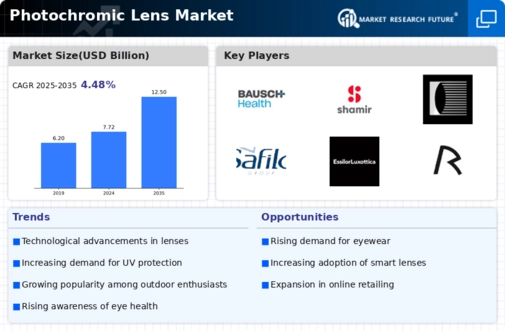
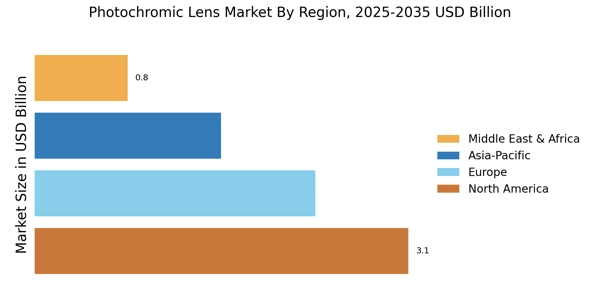
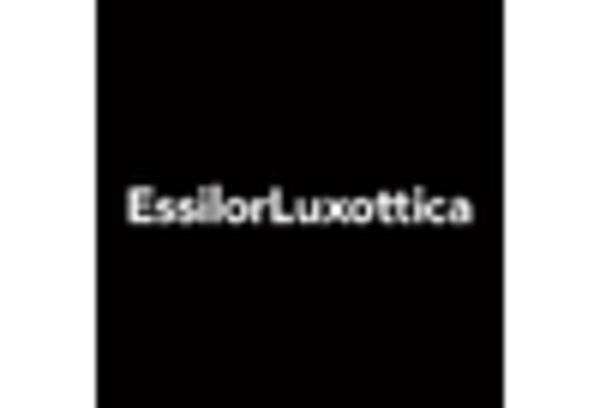
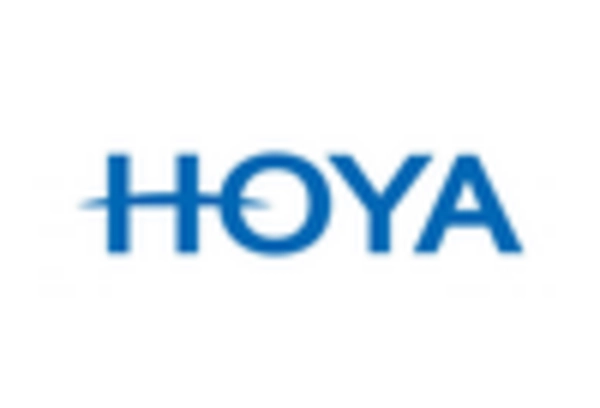
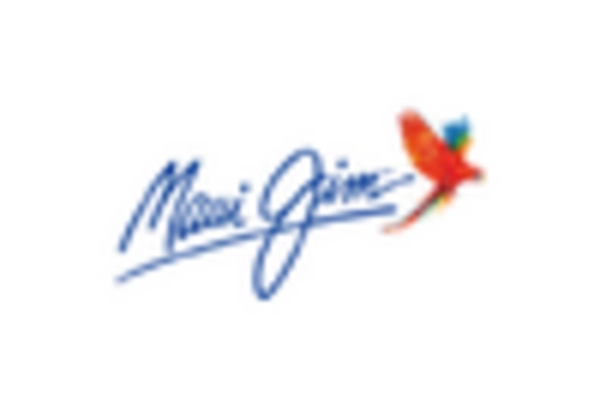
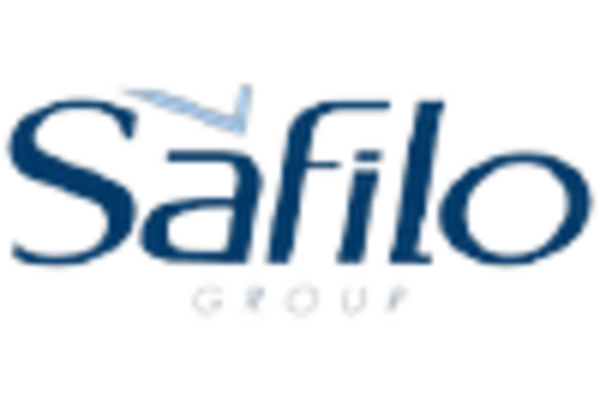
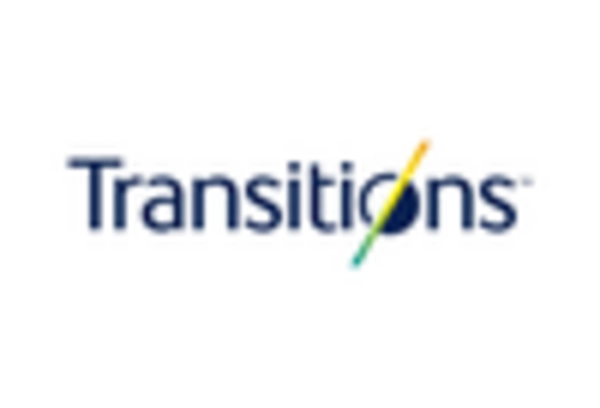
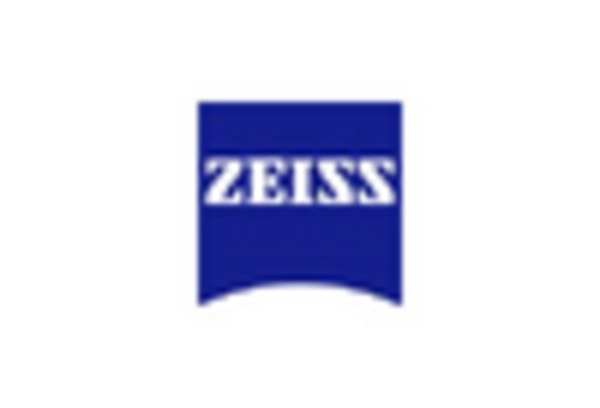








Leave a Comment